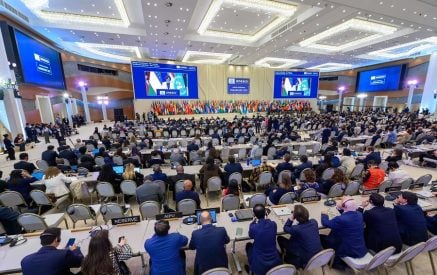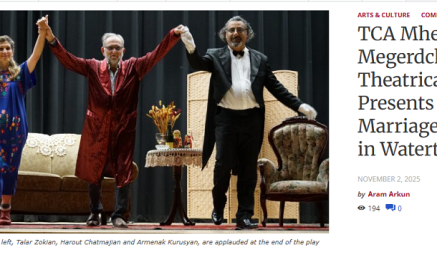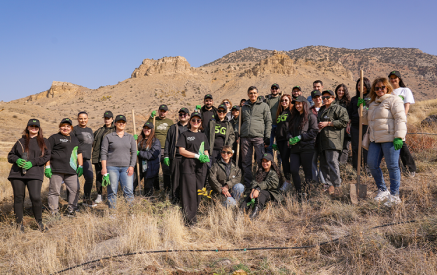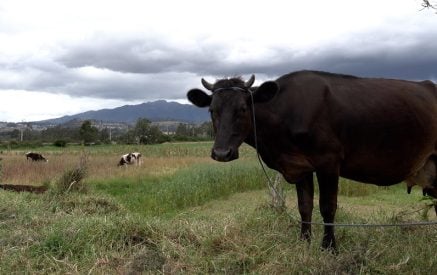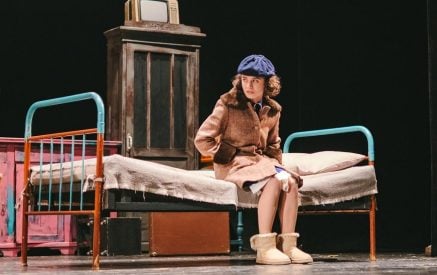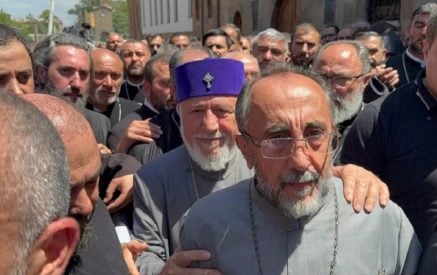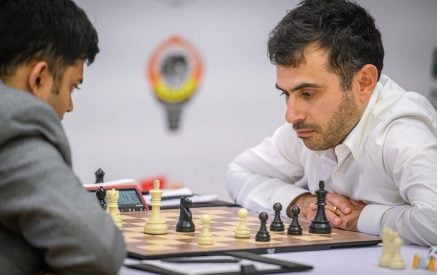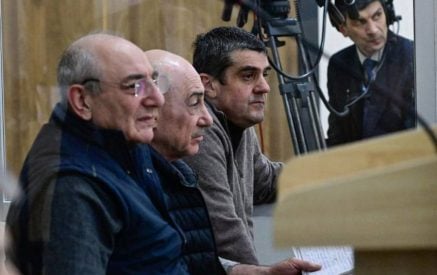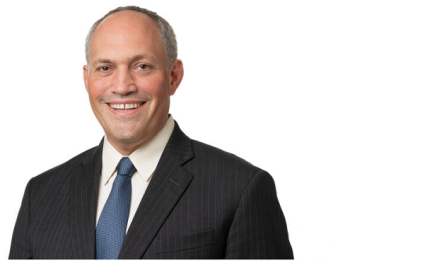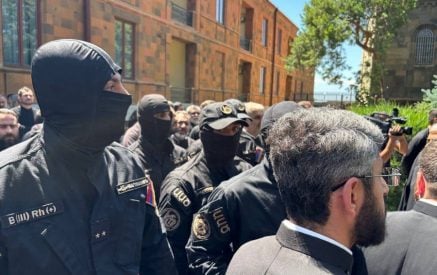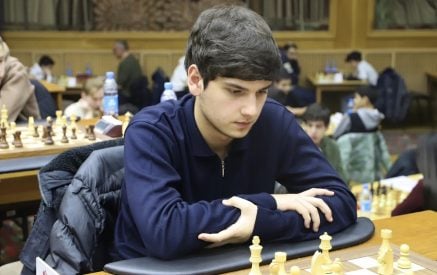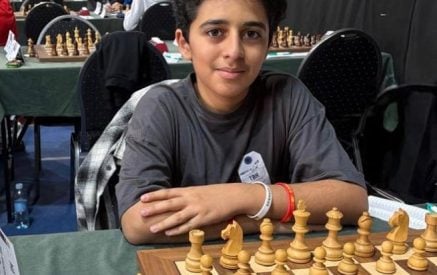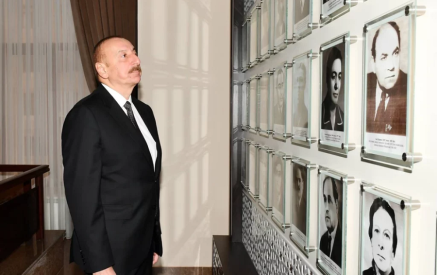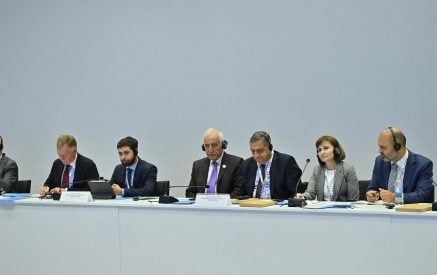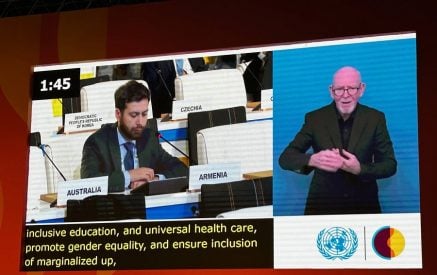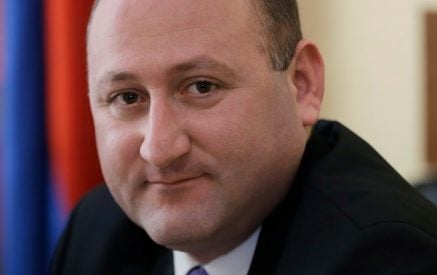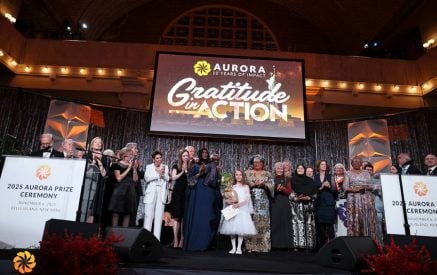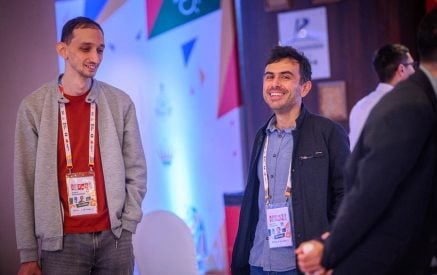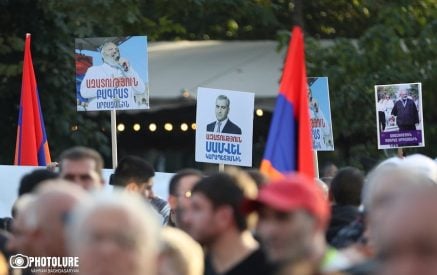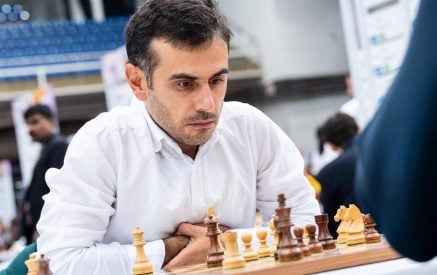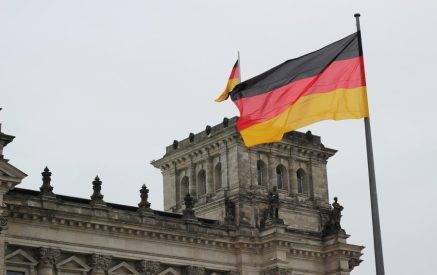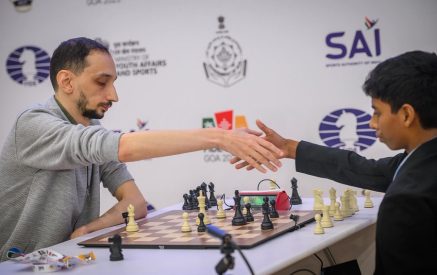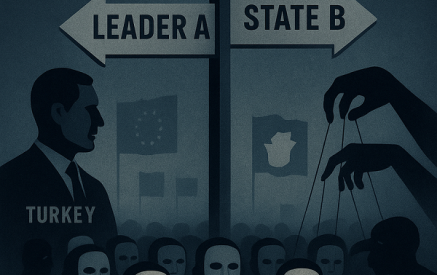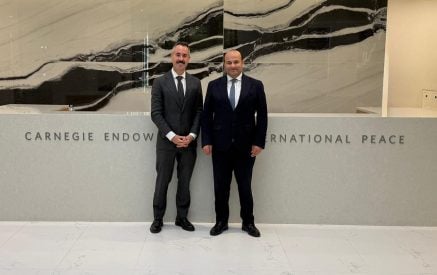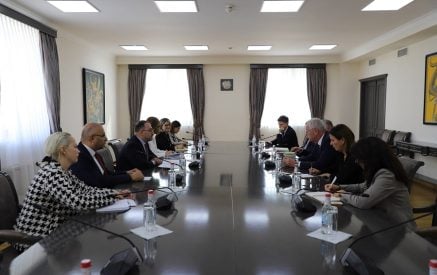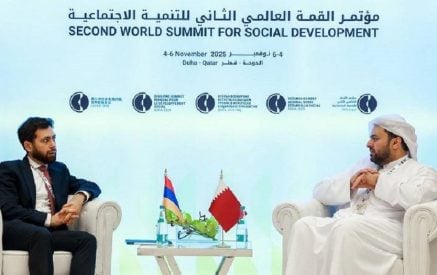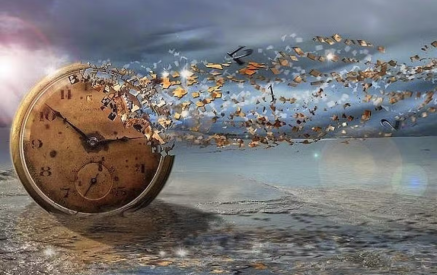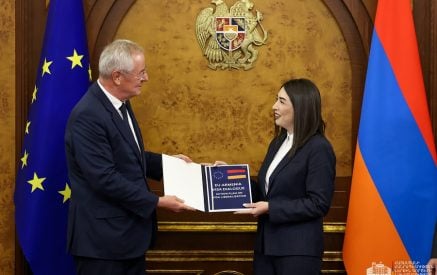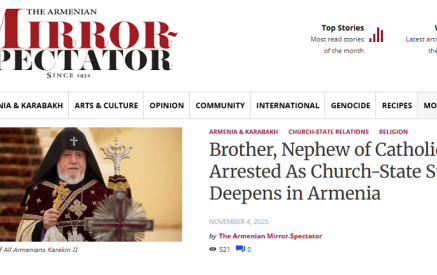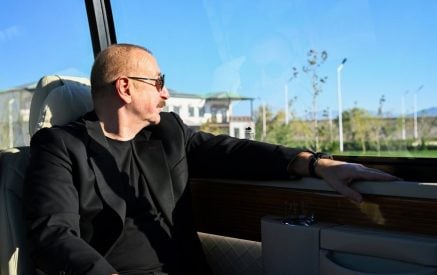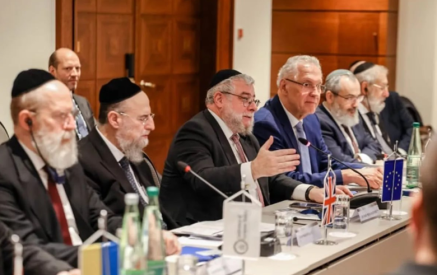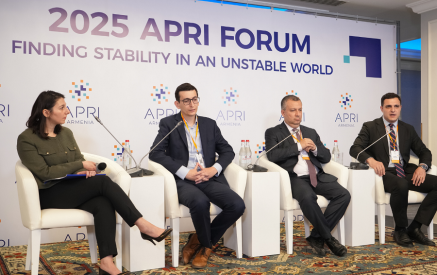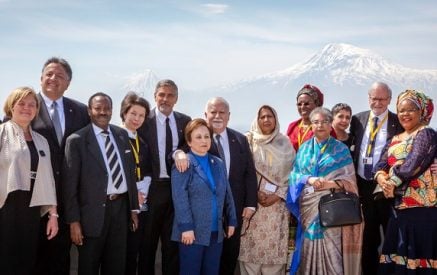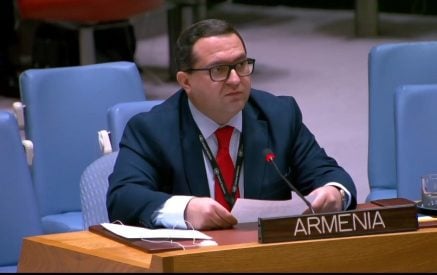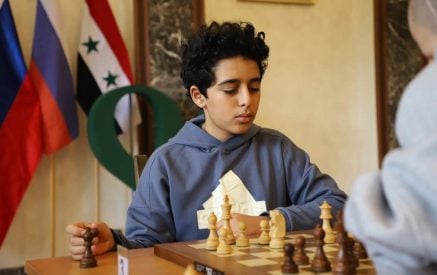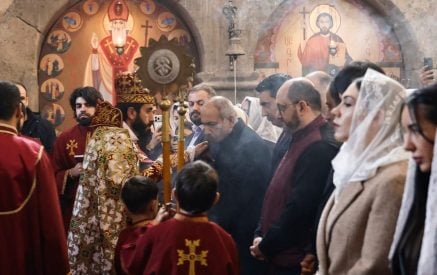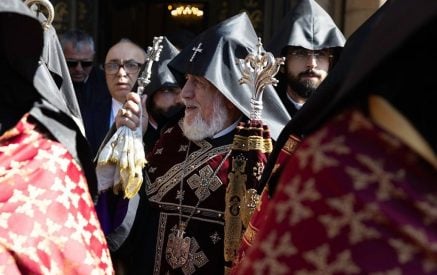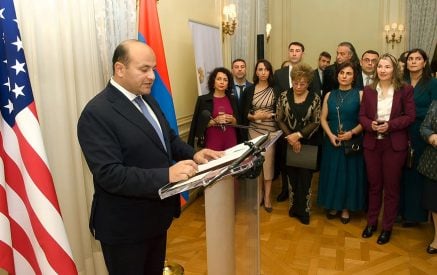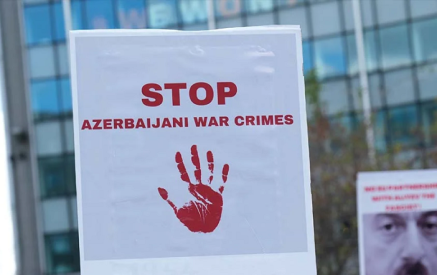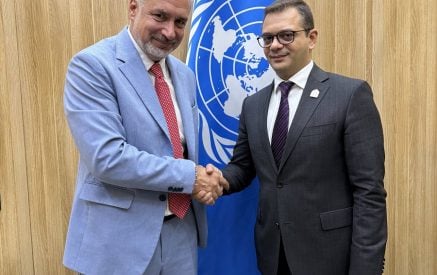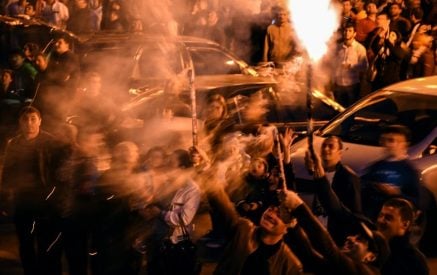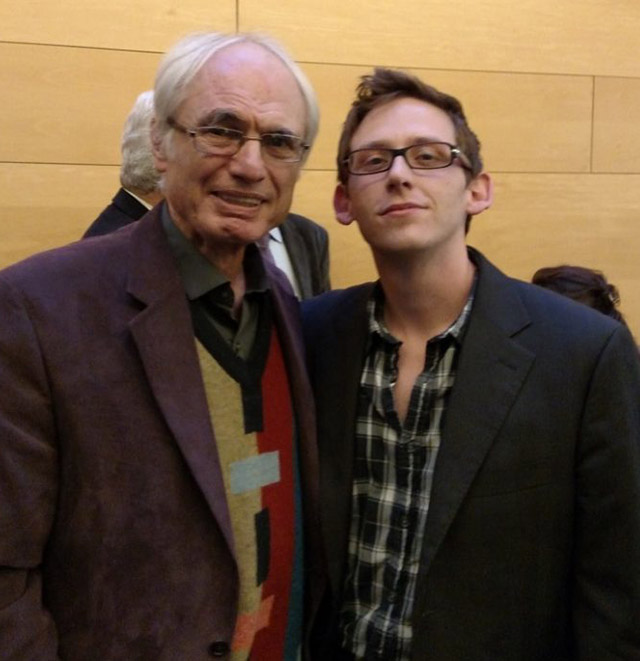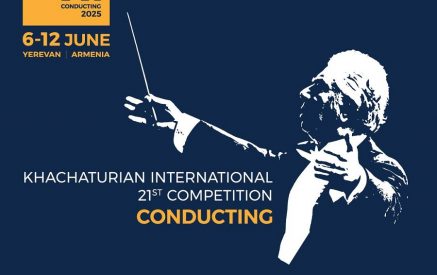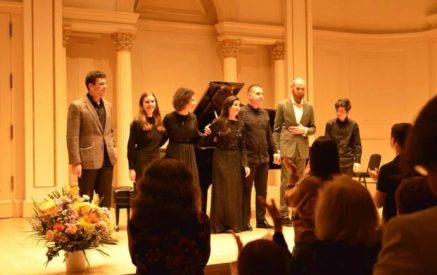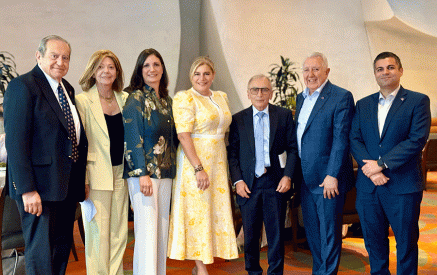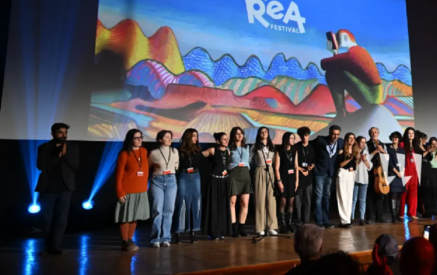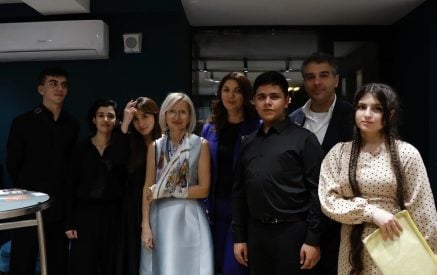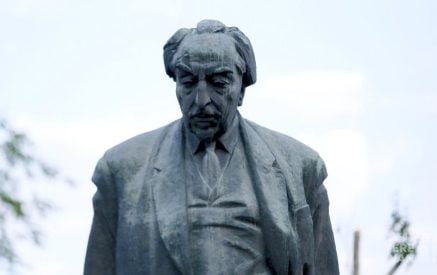by Paul Vartan Sookiasian
YEREVAN / PARIS – American composer and violinist Kristapor Allen Najarian was born in 1991 in Orange County, Calif. He studied music composition and violin at the University of California, Los Angeles (Bachelor of Arts degree in Music) and since 2019 he has studied at the École Normale de Musique de Paris (2020) with Prof. Éric Tanguy. He had performances of works across the United States and internationally in prestigious arenas which include the Juilliard School, Dilijan Chamber Music Series (Los Angeles), Music from Angel Fire (New Mexico), Chamber Music Northwest (Portland), Newport String Festival (Rhode Island), Yerevan Perspectives International Music Festival and Khachaturian Opera House (Armenia), Salle Cortot (Paris), and the Lithuanian National Commission for UNESCO. Najarian’s compositions have been performed by world class artists and ensembles, including Movses Pogossian, Antonio Lysy, and the Asylum Quartet. He performed internationally in a variety of idioms including classical, folk, rock, pop, blues, jazz, and country western; collaborated with world-renowned artists including Movses Pogossian, Guillaume Sutre, Ali Jihad Racy and Ambroise Aubrun; concertized in prestigious venues including Zipper and Walt Disney Concert Halls (Los Angeles), Sydney Opera House (Australia), and Aram Khachaturian Opera House (Armenia). He recorded in studios (EastWest and others) as performer and arranger, collaborating with artists in various genres to produce work ranging from full-length albums to film scores.
And just some reviews: “… driving rhythm, a wild dance, a soft wail, a dizzying melody over constant running notes that have quirky rhythmic accents laid into them” (Laurie Niles, Founder/Editor, Violinist.com, 30 May 2015 [on ‘A Tale for Two Violins’],” “…a compelling 21-minute piece for unaccompanied violins, structured in six episodes ripe with folk-inflected melodies, bent pitches, animated rhythms and a nod early on to Ravel’s String Quartet in F. Accessible without mortgaging a sense of mystery…” (Mark Stryker, Detroit Free Press, 5 November 2015).
Read also
Kristapor, in the US many people change their Christian names to make it easier to pronounce. Yet you are not Christopher, but Kristapor!
My parents wanted to give my brother and me traditional Armenian names (my brother’s name is Shahan). But they were also aware of the difficulties we might encounter from having non-traditional American names. So, the names they chose were ones that my brother and I would be able to “modify” if we chose to, in order to fit more easily into American circles. Some of my American friends refer to me as “Kris” while some of my brother’s refer to him as “Shaun.” In general, though, we use our Armenian names as much as possible!
And my second question is the typical one for us, Armenians: where are your ancestors from?
My paternal grandparents are from Adana and Marash. My father is Vigen Najarian, who was born in Beirut. He is a luthier of the oud, an art form he learned from his grandfather (my great-grandfather) Dikran Najarian, who escaped the Genocide in 1915 and settled in Lebanon. Besides being a builder of the oud, my father is also a highly skilled performer on the instrument. I have learned much Armenian and Arabic music from him!
And your non-Armenian appearance immediately betrays being half-Armenian. Let me guess your mother’s origin. German?
Right!
And Irish!
Exactly! How do you know that?
I cannot explain. Maybe because of being in constant contact with people of various backgrounds I became good in recognizing their roots.
My mother understands Armenian and speaks a little. Before marrying my father, she took Armenian classes to feel better in her husband’s environment. At home we speak both English and Western Armenian.
Did you get an Armenian education?
Ever since I was a child, until I was 12 years old, I went to the Armenian Mesrobian College in Montebello. We have family gatherings once a month, where I get to practice speaking Armenian with relatives. At UCLA, I took Western Armenian language classes from Prof. Hagop Kouloujian. He is a very experienced teacher, a master of the language. I also took Armenian history classes with Prof. Richard Hovannisian.
What are your musical influences?
Everything that is sincere, everything that is sincerely expressive, that was created as a purpose of expression, not necessarily for money or any other purpose. I grew up playing the classical violin — Mozart, Beethoven, Tchaikovsky, Khachaturian — the list is big! I also like folk song of some genres, jazz, blues, rock, I cannot say all. I love everything that is good and sincere. As a composer I take my greatest inspirations from Beethoven and Bartok; I like Samuel Barber very much. He is a wonderful melodic composer and, of course, our compatriot Aram Khachaturian. I also have books of Komitas’s folk songs and studies, but I still have to study him a lot. I cannot say that we know that greatness well enough.
Please speak about your own compositions.
I write pieces in various different genres: solo, chamber music, and orchestral. Some of my recent works of which I am most proud include two pieces based on infinite numbers: Pi for piano sextet, and The Square Root of 2 for nine instrumentalists. My newest completed work is a piece for orchestra entitled Le Rêve Interrompu (The Interrupted Dream), inspired by the difficulty that the recent pandemic has had on people’s everyday lives.
Have you ever written songs based on Armenian lyrics?
Actually I have written some poems in Armenian.
You don’t say so!
Yes, I have written a few very short things. Actually I have a song written on the Armenian subject matter, based on a poem in English about Western Armenia. But I have composed Year 1915 for the string quartet. This was written in the year 2015, to mark the centennial of the Armenian Genocide. It had its world premiere in Orange, Calif., the same year by the Santiago String Quartet.
It is wonderful! You visited Armenia three times if I am not mistaken?
Yes, and I came to Armenia two times as a musician. When the Dilijan Chamber Music Festival was being held in Yerevan, I played the violin with a string quartet. And in 2015 I was happy to see the great Ani and Ida Kavafian sisters performing my piece in Armenia!
Please tell about your initiative, “Renaissance Year” program you launched six years ago.
This program was introducing Armenian culture in English in a virtual space, presenting at least one artist each week. It took until April 2016. The archive contained musicians, writers, photographers, filmmakers with articles about them and samples of their works, be it Ara Güler, Gayaneh Khachaturian or Tigran Hamasian, many of them. For the moment, we have paused our curation of artists/artworks. But our Instagram page is still up for people to discover our previous posts, and there is always a possibility that it will continue in the future!
Armenia has several good young composers. Do you know them?
I know Arthur Avanesov well, who is a fantastic person, Ashot and Artashes Kartalian, but I do not know as many as I would like. I have also performed a solo violin piece, Blooming Sounds, by Vache Sharafyan, who is also extremely talented and kind-hearted. I met Tigran Mansurian in Los Angeles at the premiere of my work for two violins, entitled Tale (the one written for the Kavafian sisters). He enjoyed the work, and invited me out to coffee to discuss music! I received so many valuable pieces of advice from him that evening. He is a strong inspiration for me, as he is for many other contemporary Armenian composers.
Now you are in Paris. What an American and Armenian composer and violinist can acquire there? And what are your current projects?
One of the main reasons I chose to study in France was to gain some musical and cultural experience outside of the U.S. It has been eye-opening to learn how music is practiced in another country, and how it fits into the fabric of that society. It gives you an important perspective on the artistic life in your own country. Also, the Armenian presence is strong here, and it has been wonderful to connect with the French-Armenian community at the same time.
Currently, I am in the process of composing a piece for string orchestra, which I hope to finish by the end of the year. Also, I have some ideas in mind for a violin concerto, although that project has not officially begun!


